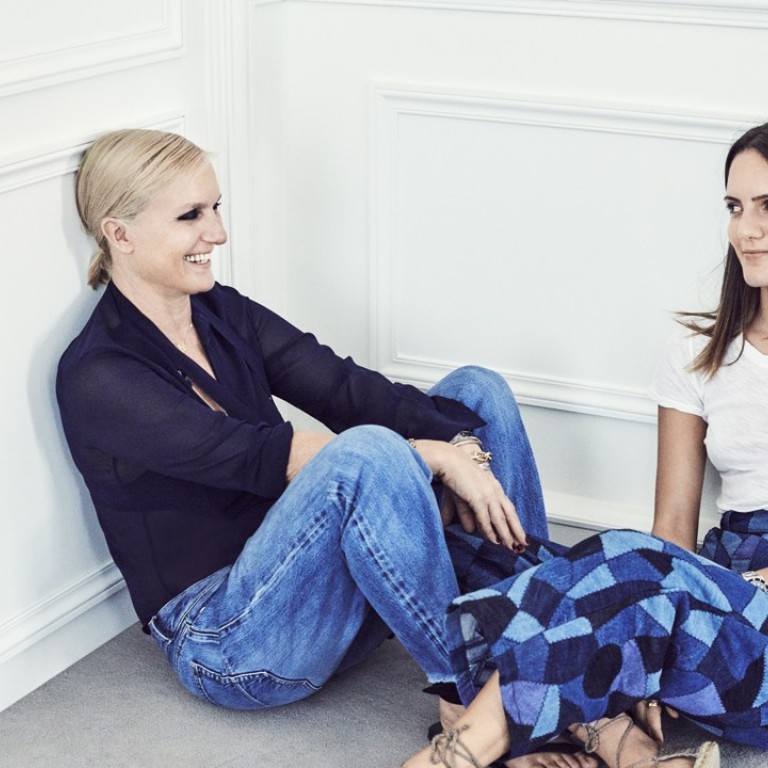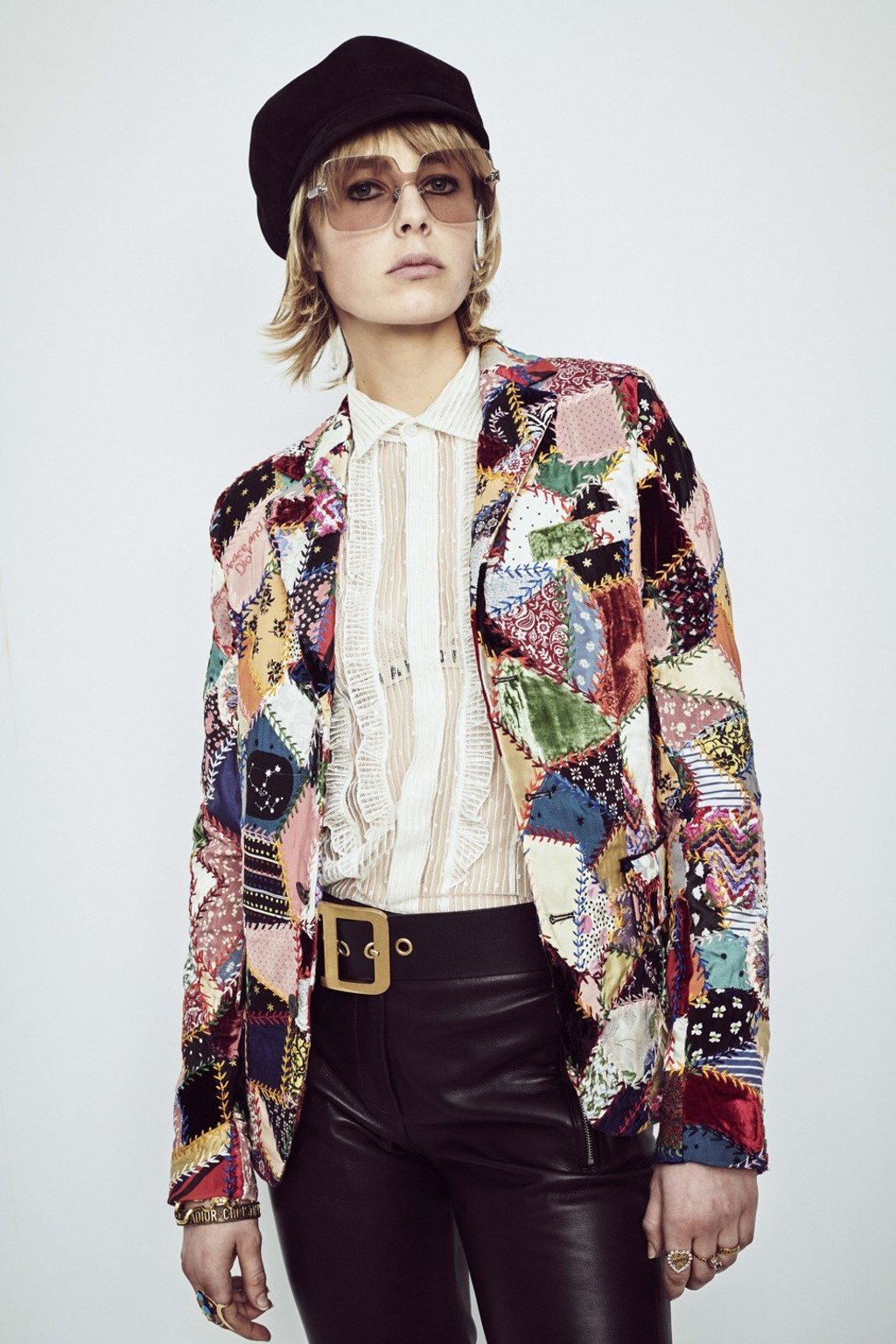Dior's Maria Grazia Chiuri: what you need to know about how she is shaking up the fashion world

Chiuri thinks it is important that fashion reflects female rights and the mood of the times
Maria Grazia Chiuri, the artistic director of Dior, had an unusual request for her friends at international fashion magazines while she was researching the autumn/winter 2018 collection.
“I was looking for magazine covers from 1968,” Chiuri says at Dior’s headquarters on Avenue Montaigne, in the heart of Paris.
Naturally, the leading fashion magazines rushed to dig out their 1960s magazine covers from the archives. A collage of these covers provided the backdrop for the autumn/winter 2018 show. The venue, Paris’ Musée Rodin, was wrapped in the collage, and prints of it were emblazoned on the facades of Dior’s flagship stores around the globe, including the Landmark mall in Hong Kong.
So what is so special about 1968? It has everything to do with the inspiration for Dior’s latest collection which is arriving at stores now.
The Paris’ 1968 students’ revolt, which is part of the year known as the “Youthquake”, as coined by fashion veteran Diana Vreeland, was the starting point for Chiuri’s new collection. The idea was triggered by an unsigned photograph of young girls holding a placard that says “unfair to the mini- skirt” outside a Dior store circa 1966.
“Fashion helps women to be free and to express themselves,” says Chiuri, explaining why the image resonates so much with her. “I think we are in that same situation today. The young generation is bringing new energy, more so now because of the internet.”
Under Chiuri’s creative direction, Dior has consistently targeted the millennial generation shoppers who yearn for individualism and crave self-expression. Since Chiuri’s debut collection in September 2016, she has included slogan T-shirts or jumpers in most of the ready-to-wear collections.

